Course Description
In the fall semester's Creative Expression Practice-Computer Aided Design course, Intelligent Design students mainly studied the engineering software Solidworks and Polygon modeling software Blender. In actual teaching and student learning, teachers and students felt the need to further study and apply digital NURBS surface modeling. Therefore, through the feedback of teachers and students, using the practice of the summer semester, Intelligent Design has opened a Rhino digital modeling training course for students to help them learn NURBS digital surface modeling in a more in-depth and systematic way, and to prepare for the subsequent courses.
Rhino is a powerful professional 3D modeling software for PC developed by Robert McNeel & Assoc. It can be widely used in the fields of 3D animation, industrial manufacturing, scientific research and mechanical design.
Rhino can create, edit, analyze and convert NURBS curves, subdivision curves, quadrilateral retopology, surfaces and solids on Windows. There are no limitations on complexity, order, or size. From a design, to a hand-drawn drawing, to an actual product, or just a simple idea, Rhino provides surface tools to accurately create all the models used for rendering, animation, engineering drawings, analysis and evaluation, and production.

Course Features
The training program was conducted in eight sessions, with four lecture sessions and four tutorial sessions paired with each other. After conducting one lecture for students, the tutoring courses carry out specific operations and connections, and provide one-on-one tutoring and explanations for each student's questions. After conducting a lesson, students can carry out practical operations as soon as possible in order to further deepen their understanding and practice their practical skills.

Course Teachers
Wenchao Wang
Intelligent Design Engineer of the teaching platform of the School of Creativity and Art, ShanghaiTech University , responsible for the computer-aided design courses of intelligent design, participating in the support and counseling work of the courses of comprehensive design, creative expression practice, product materials and processes, IOT, product project management, and so on. Nearly twenty years of industrial work experience, worked in well-known design companies, intelligent R & D companies, listed companies and Internet companies, many years engaged in 3C, Internet, intelligent devices, intelligent driving, consumer products product design and development of the whole process. He has defined and designed a number of million-dollar and billion-dollar products, obtained more than 30 utility model patents and appearance patents, and won many design awards and industry awards such as the Red Dot, IF and Magnolia Awards.

01 What isRhino?

The first part of this course mainly introduces the characteristics of various mainstream digital modeling software, the basic concepts and operations of Rhino, basic form construction, basic curve drawing and spatial curve drawing. At the same time, students will understand the principles and characteristics of NURBS modeling, which is crucial in industrial design, to lay a solid foundation for the subsequent study of institutional design and computer-aided manufacturing, and to explore the principles of product composition and modeling ideas through the analysis of actual products.

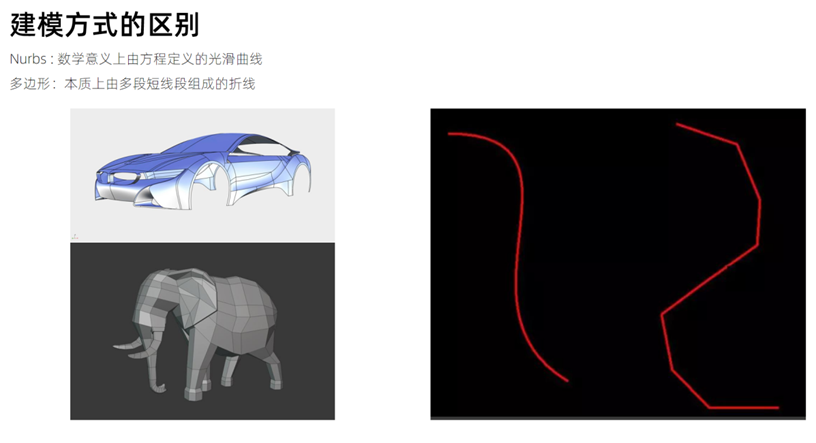
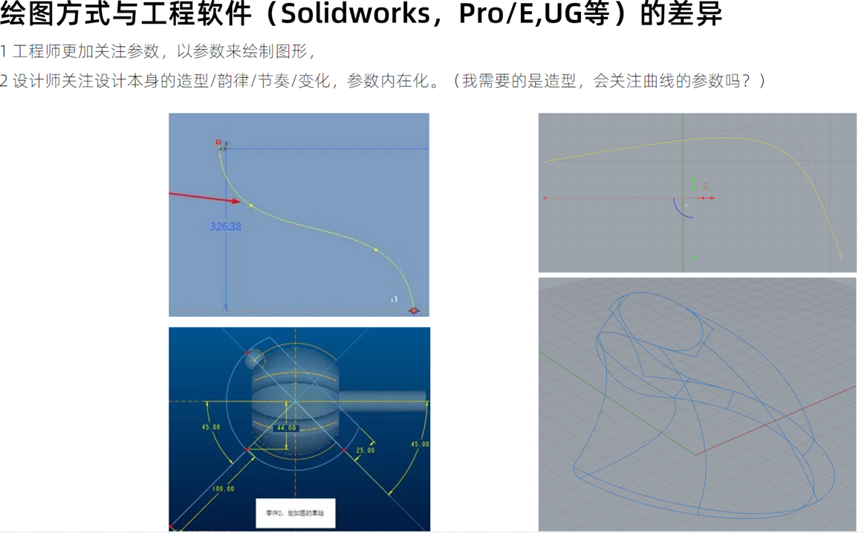

02 NURBS Surface

Part II details the concept of Nurbs surfaces, basic surface construction, quadrilateral surface construction, and how to combine surfaces into solids that can be exported and used in rendering and engineering software.
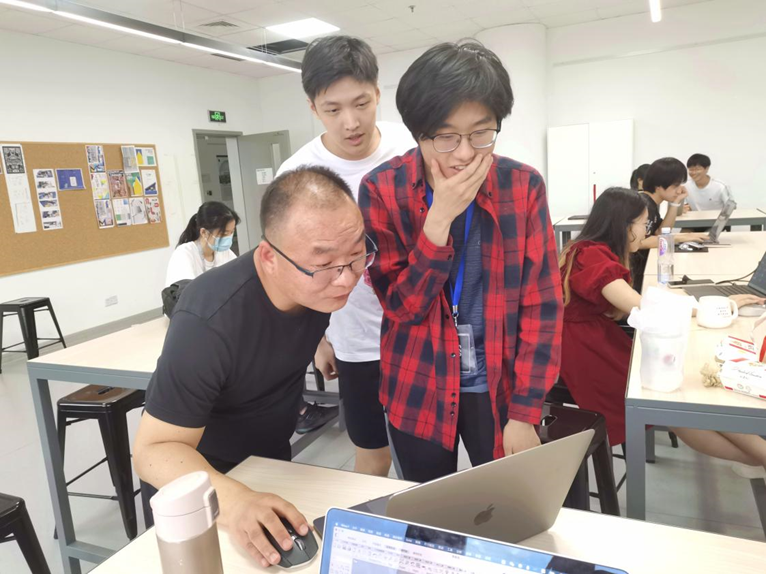
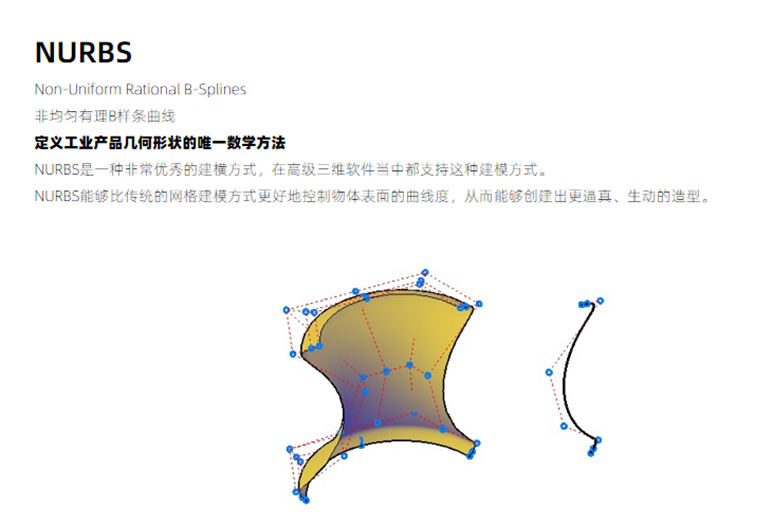
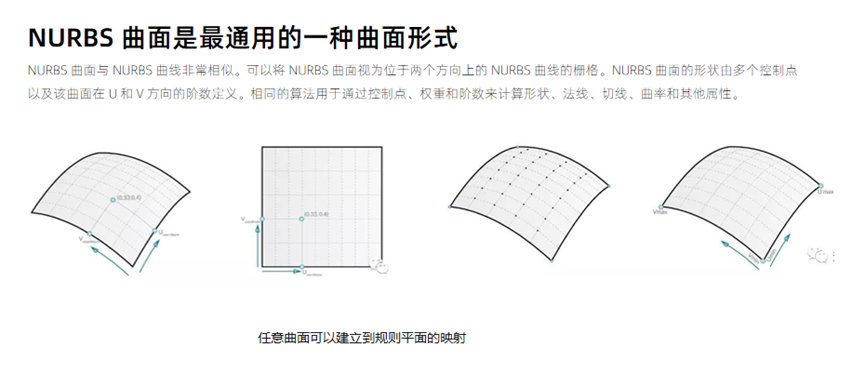
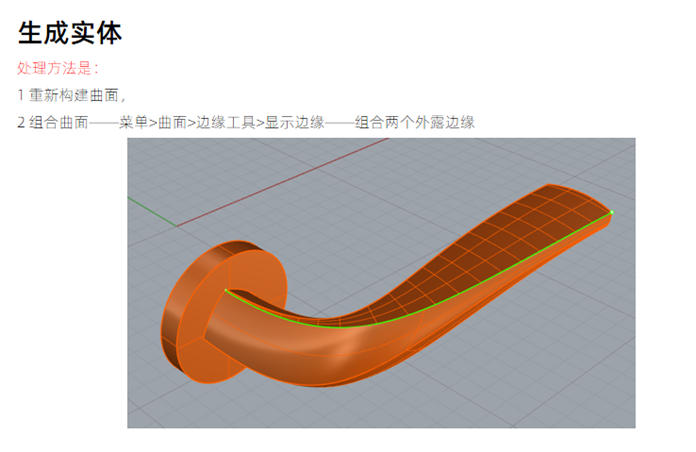

03 Complex Surface

The third part of this course focuses on the curvature and continuity of curves and surfaces, as well as the treatment of complex rounded surfaces and the construction of more complex surfaces such as asymptotes.
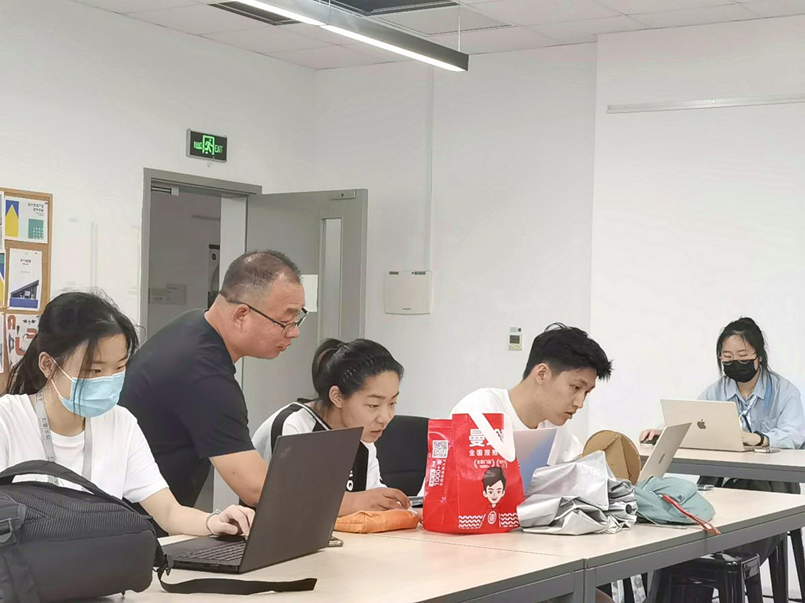
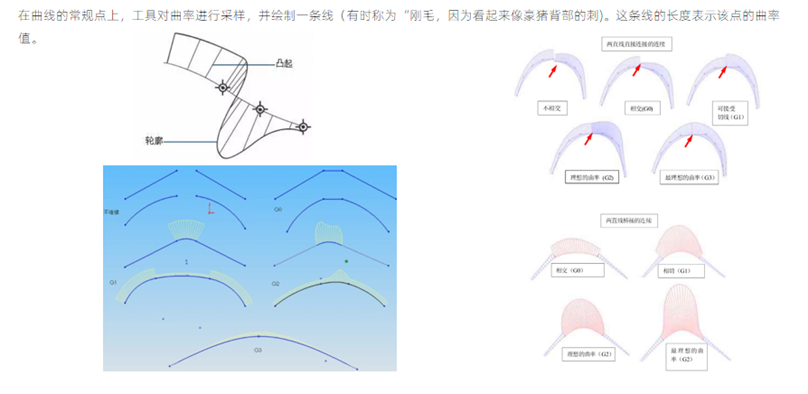
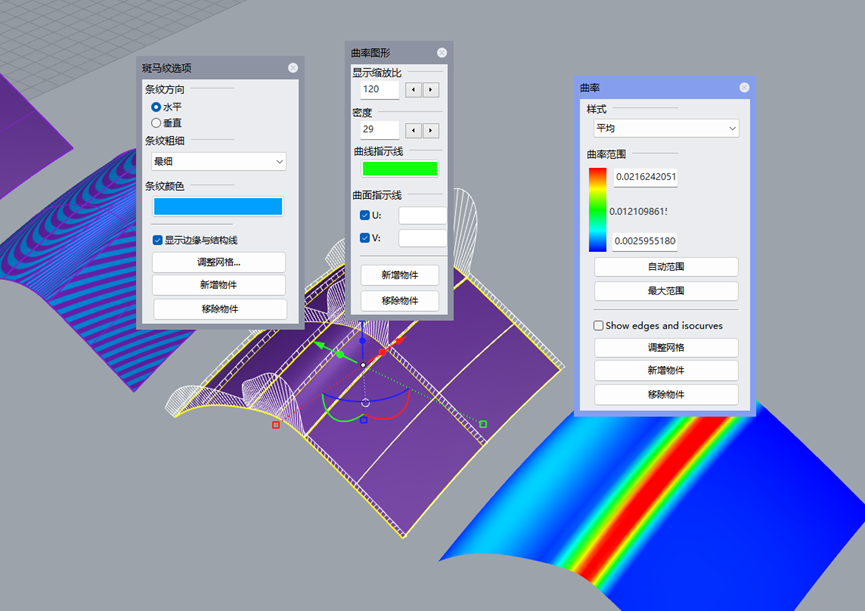
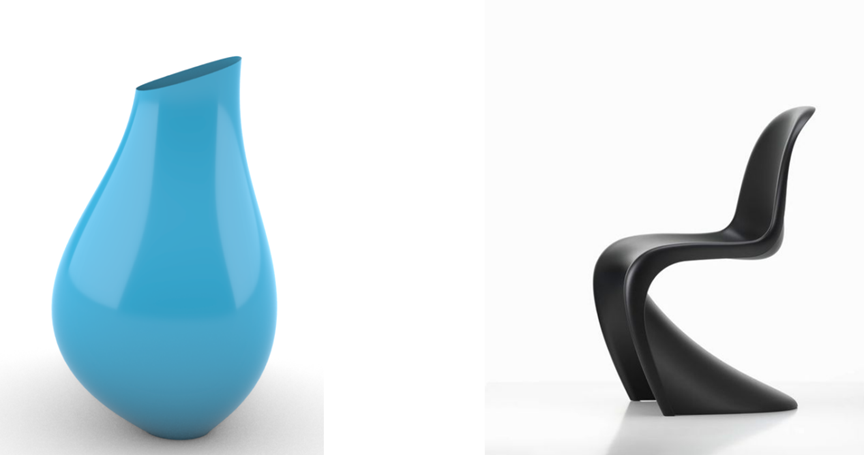

04 Modeling Ideas

The fourth part of this course, mainly for students to explain the modeling ideas and faceting methods, most of the training is biased towards the tools and commands of the explanation, but the students are familiar with the tools, the face of a specific product, still can not get their hands on the beginning of the digital construction, therefore, the modeling ideas and faceting methods is the focus of Rhino modeling learning. Through the analysis and explanation of digital modeling ideas and faceting methods, this course encourages students to think independently and solve problems encountered in actual courses and projects, and develops their problem-solving ability.
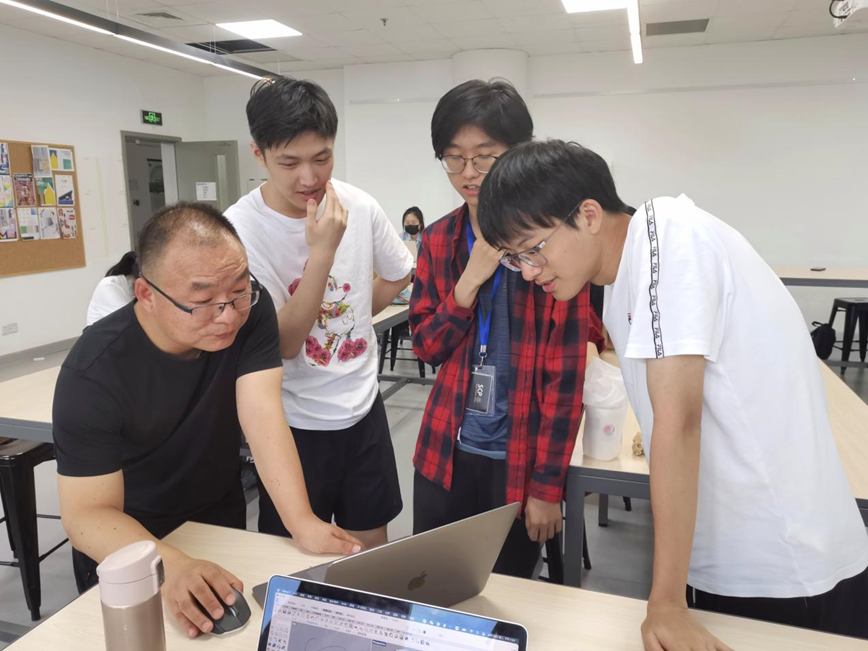
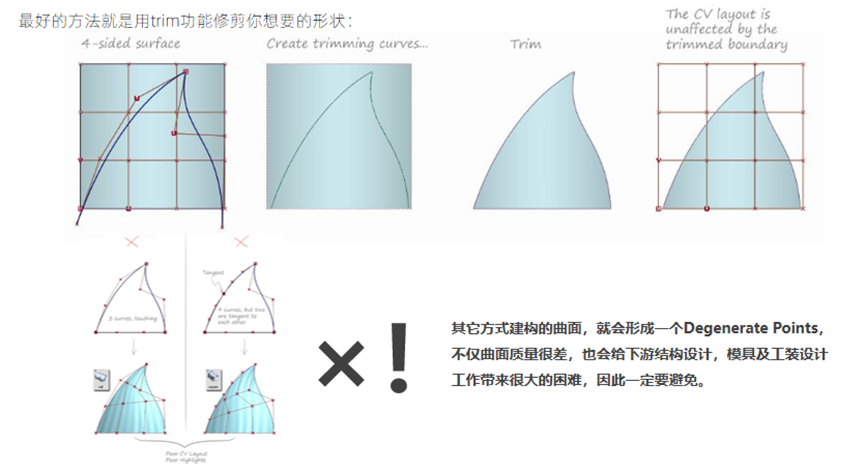
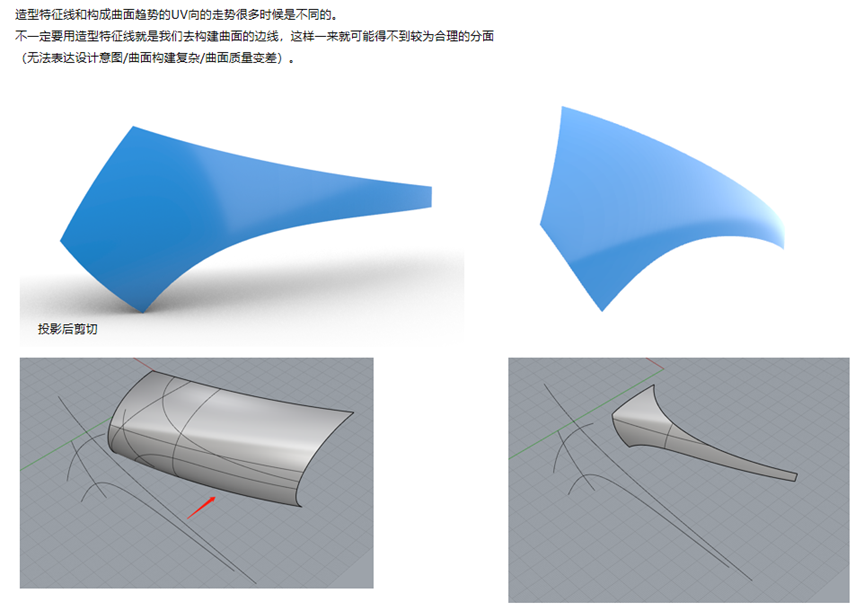


Conclusion
With the continuous development of technology, digital modeling has a wide range of applications in the fields of 3D animation, industrial manufacturing, and scientific research. This course aims to provide students with a solid foundation so that they can realize their full potential in their future careers. This class focuses on analyzing and explaining digital modeling ideas and faceting methods, so that students can independently think about and respond to specific problems encountered in actual courses and projects, and develop their own solution ideas and methods. In the future, we look forward to seeing students applying what they have learned in creative design and engineering projects, realizing the practical effects of software-enabled creativity!



